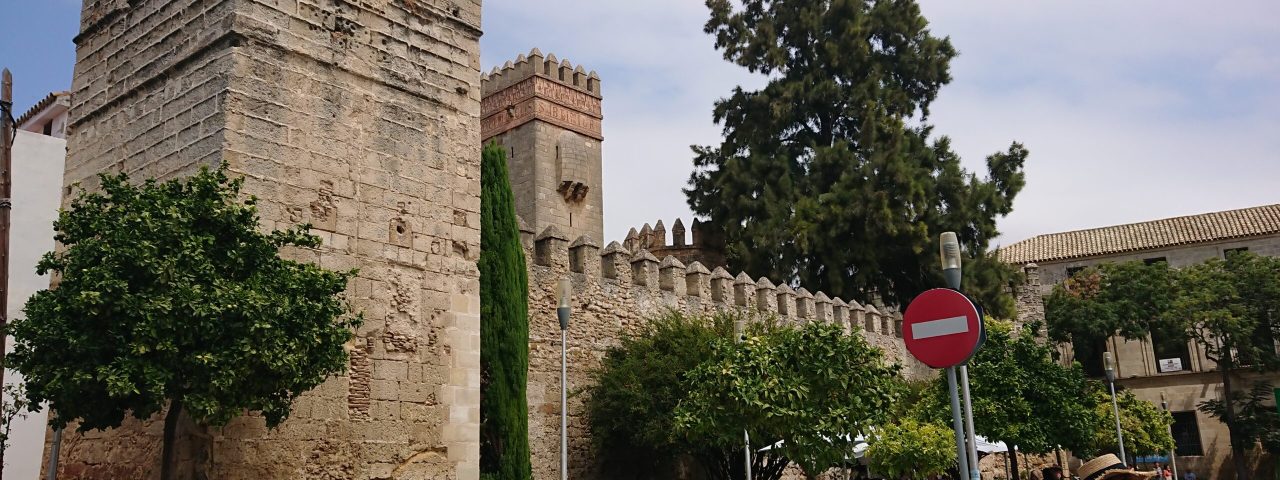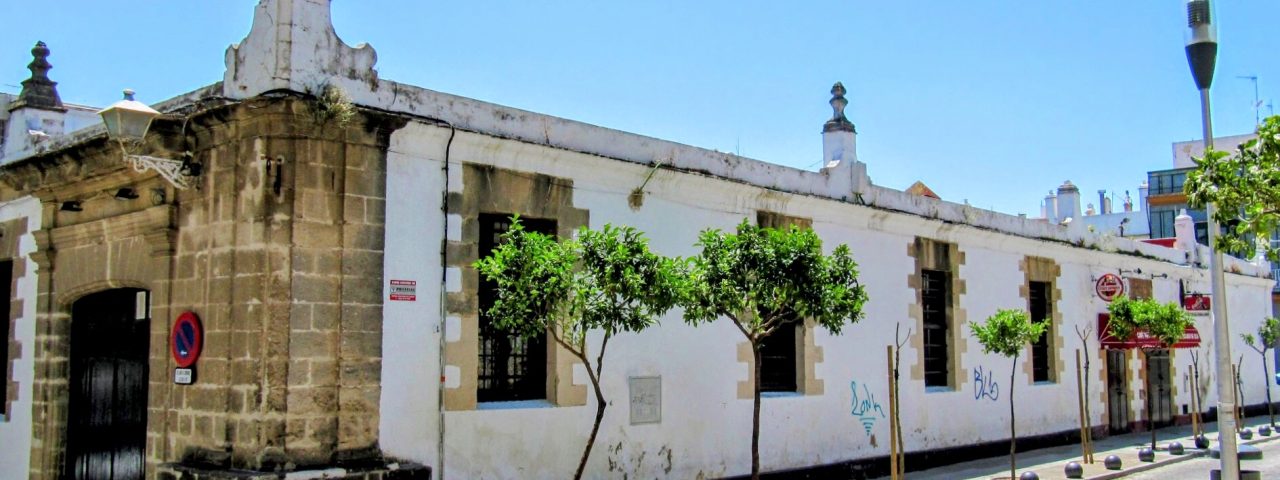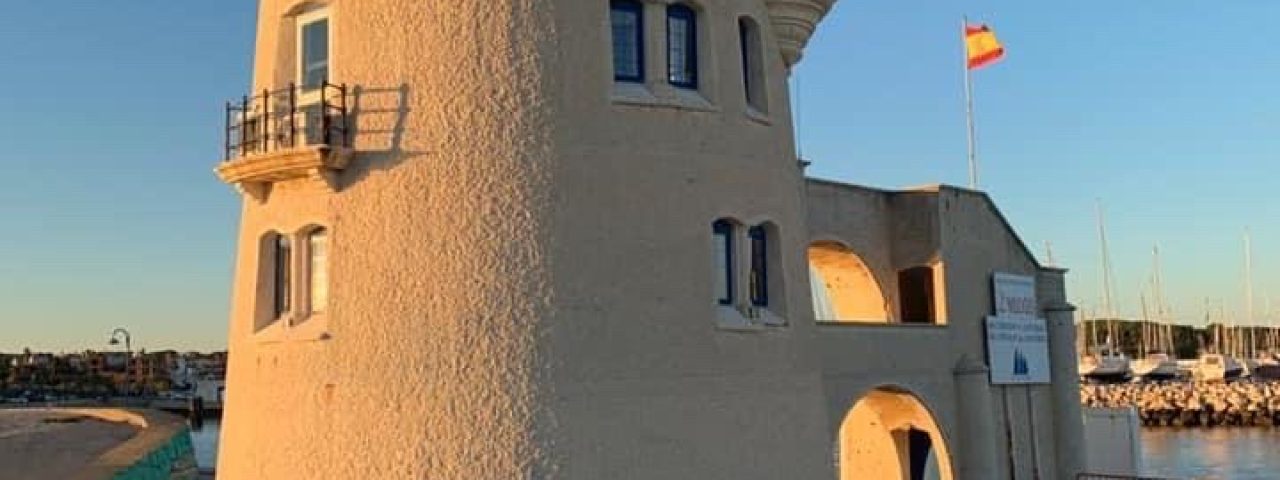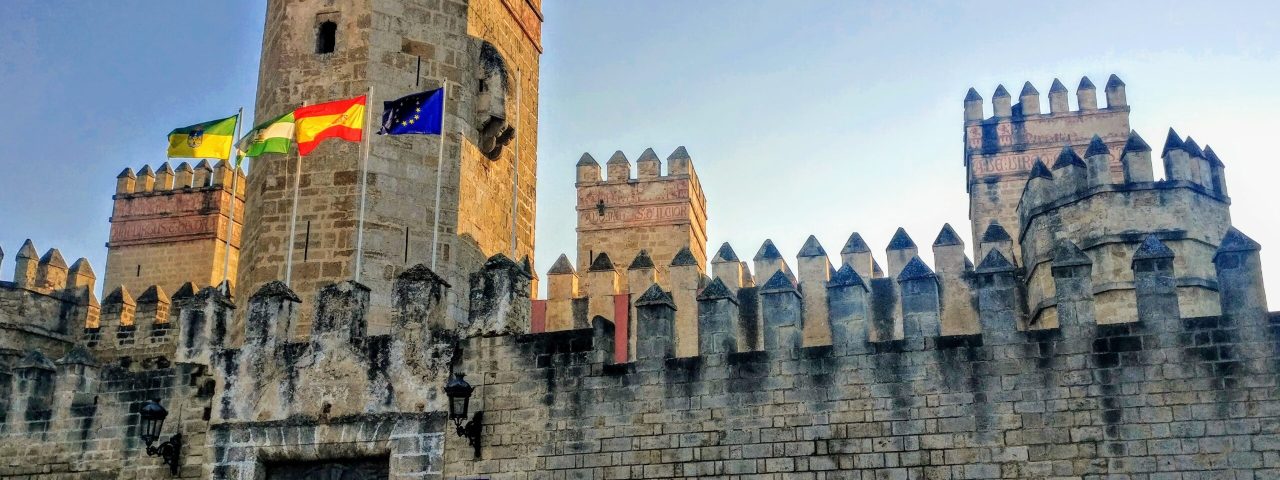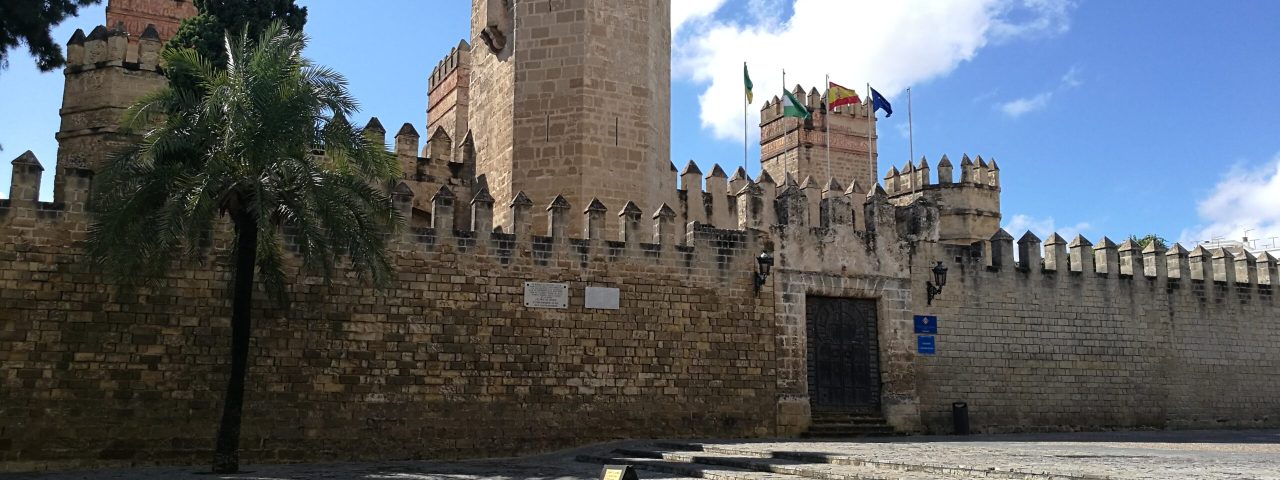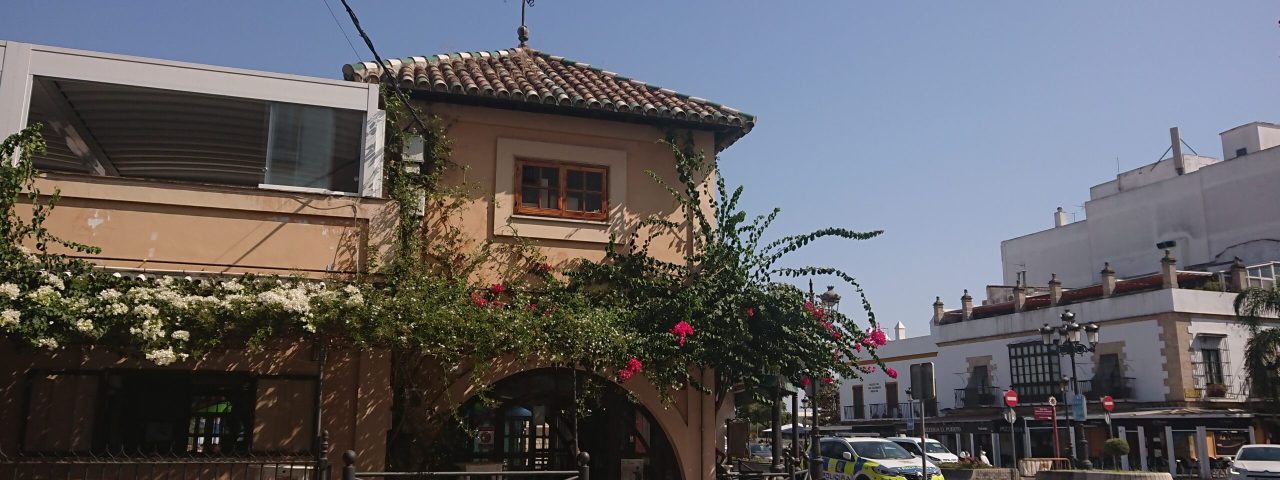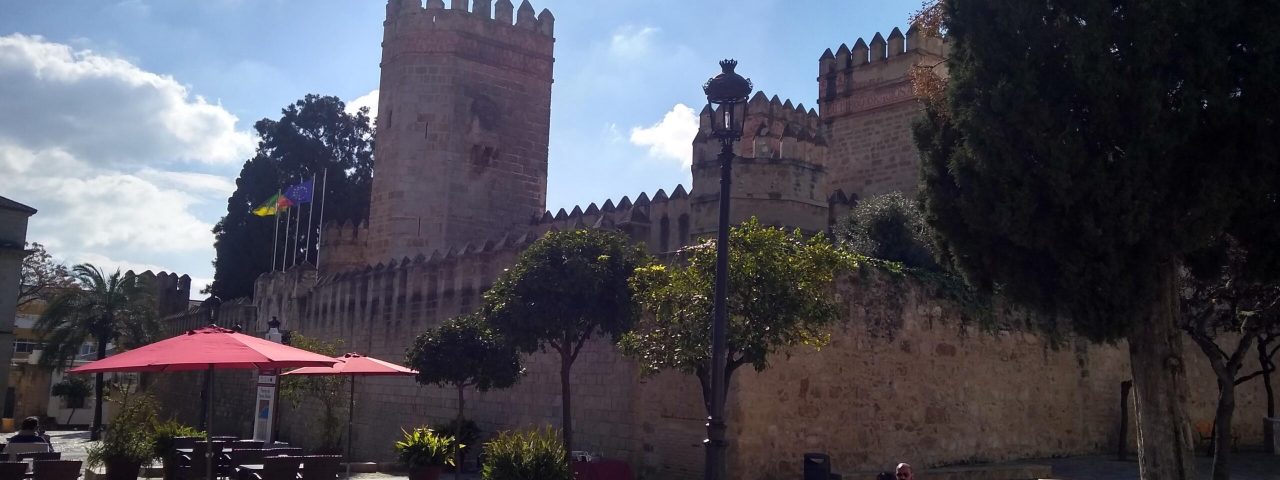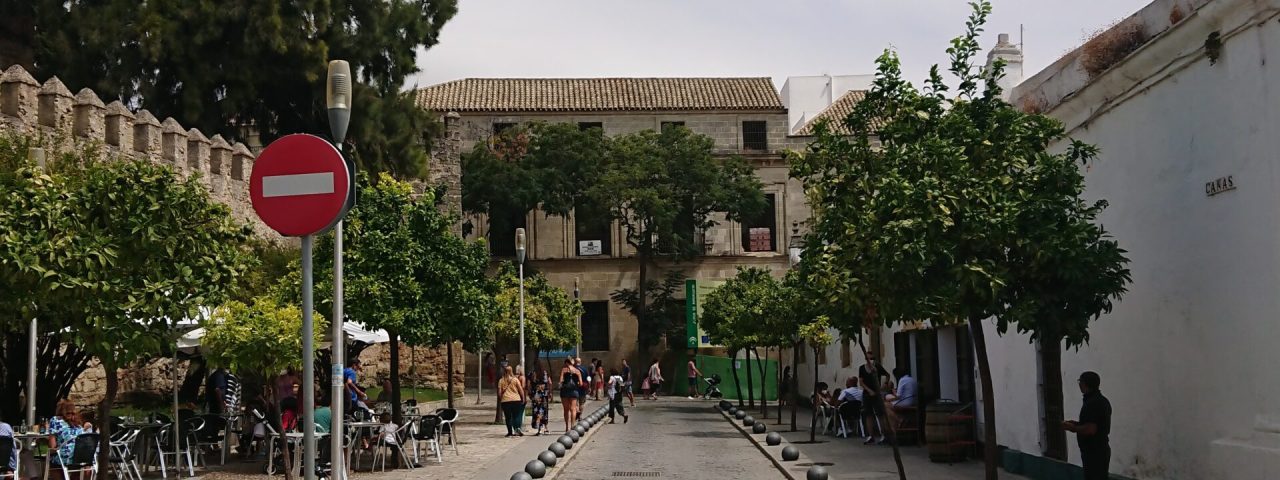El Puerto de Santa María has a rich and varied history that dates back to ancient times. The city was originally founded by the Phoenicians as a trading post, and it later became a significant Roman settlement known as Portus Menesthei. During the Middle Ages, the city fell under Moorish control, and its strategic location made it an important hub for trade and navigation. In 1260, the city was reconquered by Christian forces under King Alfonso X, and it became a key part of the Spanish empire’s naval infrastructure during the Age of Exploration.
Culturally, El Puerto de Santa María is deeply rooted in Andalusian traditions. The city is famed for its connection to sherry wine production, being part of the renowned “Sherry Triangle” alongside Jerez de la Frontera and Sanlúcar de Barrameda. It is also known for its vibrant flamenco scene and annual festivals, including the “Carnaval” and “Feria de Primavera” (Spring Fair), where locals and visitors alike participate in lively celebrations filled with music, dance, and traditional dress.
Historical landmarks such as the Castle of San Marcos, a fortified structure built in the 13th century on the site of a former Moorish mosque, highlight the city’s long history. Other cultural customs, like the religious processions during Semana Santa (Holy Week), reflect the deeply Catholic traditions that still hold significant importance in the community today.
